In the competitive digital landscape, delivering an exceptional user experience (UX) is the primary determinant of success. Traditionally, understanding user behavior has been a manual, time-consuming, and often subjective process. UX researchers spend weeks conducting interviews, observing users, manually transcribing sessions, and sifting through mountains of qualitative data to find actionable insights. This bottleneck not only slows down development cycles but also limits the scale and scope of research.
Enter the transformative solution: AI for UX Testing Automation. This isn’t just about making old processes faster; it’s a paradigm shift. By harnessing the power of artificial intelligence (AI), machine learning (ML), and natural language processing (NLP), organizations can now streamline, scale, and deepen the insights gathered from user testing in ways previously unimaginable. This article provides a comprehensive overview of how AI is revolutionizing UX testing, exploring the essential tools, core benefits, a practical implementation framework, and a look into the technology’s promising future.
Why AI in UX Testing is No longer Optional: The Core Benefits

Adopting AI in UX testing is moving from a competitive advantage to a strategic necessity. The benefits go far beyond simple efficiency gains, fundamentally changing how organizations understand and act on user feedback.
Accelerate Time-to-Insight
The most significant bottleneck in traditional research is the time it takes to process raw data. An hour-long user interview can take several hours to transcribe and another several hours to analyze. AI automates this entire workflow. Sophisticated algorithms can analyze vast datasets—including hours of video, audio transcripts, user interaction logs, and text-based feedback—in mere minutes. This rapid analysis, using techniques like faster user feedback analysis, means that product teams receive critical insights almost in real-time, allowing them to iterate and improve the user experience at the speed of modern development.
Increase Efficiency and Scale
AI excels at handling the repetitive, low-level tasks that consume a researcher’s valuable time. This includes automatically transcribing interviews, generating concise summaries of open-ended survey feedback, and flagging key moments of user frustration or delight in video recordings. By automating this repetitive work, AI frees up human researchers to focus on higher-value strategic activities: formulating better research questions, interpreting complex human emotions, and evangelizing user insights across the organization. This allows research teams to dramatically scale their efforts, running more tests with more participants without a proportional increase in headcount or workload.
Uncover Deeper, Unbiased Insights
Human observers, no matter how skilled, are prone to confirmation bias and may miss subtle but critical user signals. AI has no such limitations. It can perform quantitative user data analysis on a massive scale, detecting nuanced patterns in user behavior that are invisible to the naked eye. This includes analyzing micro-expressions that indicate fleeting frustration, identifying points of hesitation in navigation, or correlating specific UI elements with negative sentiment. These objective, data-driven insights provide a more complete and unbiased picture of the user experience.
Enhance Data-Driven Decision Making
One of the biggest challenges for UX testing teams is communicating the value of their findings to stakeholders who think in terms of numbers and ROI. AI bridges this gap by transforming qualitative observations into compelling quantitative metrics. Instead of saying “some users seemed frustrated,” a team can present a report showing a “friction score of 8.5/10” on the checkout page, backed by video clips automatically surfaced by the AI. This tangible evidence connects UX improvements directly to business outcomes, like improved conversion rates and customer satisfaction, thereby elevating the strategic importance of design and research within the organization.
How AI is Used in UX: Key Applications and Technologies

AI is not a single technology but a suite of capabilities applied to specific challenges within the UX testing process. This section answers the critical question: “How is AI used in UX?”
Automated Session Analysis & Transcription
This is one of the most mature applications of AI in UX. Platforms like usertesting.com and lookback use advanced speech-to-text algorithms to automatically transcribe audio from user sessions with remarkable accuracy. The AI doesn’t just create a wall of text; it generates time-stamped, speaker-labeled notes, making it easy for researchers to jump to specific moments in a video recording to understand the context of a comment.
Sentiment and Emotion Analysis
Going beyond what users say, emotion AI in UX aims to understand how they feel. This is achieved through two primary methods. First, Natural Language Processing (NLP) analyzes written or spoken language to classify it as positive, negative, or neutral. Second, and more advanced, is the use of computer vision to analyze a user’s facial expressions during a test. The AI can detect emotions like joy, surprise, anger, or confusion, providing a layer of emotional insight that users may not explicitly verbalize, taking your UX testing to another level.
Friction Detection and Heatmaps
AI algorithms are exceptionally good at identifying signs of user struggle. They can automatically detect behaviors indicative of friction, such as “rage clicks” (repeatedly clicking in the same area), excessive scrolling without action, or erratic mouse movements that suggest confusion. Tools like hotjar, crazy egg, and mouseflow, use this data to create dynamic, AI-powered heatmaps and session replays that visually highlight the exact areas of an interface causing problems.
AI-Powered Survey Analysis
Analyzing hundreds or thousands of open-ended survey responses is a daunting manual task. AI automates this by using topic modeling and clustering algorithms to automatically categorize responses and identify recurring themes. A researcher can instantly see that “pricing,” “navigation,” and “customer support” are the top three topics mentioned in feedback, and then drill down into the specific comments for each.
Visual and Functional Regression Testing
In agile development, it’s common for new code to cause unintended visual bugs in the UI. AI-powered tools like Applitools and Testim perform AI visual regression testing by taking a baseline snapshot of an application’s UI and then programmatically comparing it against new builds. The AI is smart enough to ignore minor, insignificant pixel changes while flagging genuine bugs like broken layouts, missing buttons, or overlapping text, ensuring a consistent and professional user experience across every release.
Top AI-Powered UX Testing Platforms & Tools
The market for AI-powered UX testing tools is expanding rapidly. Choosing the right platform depends on your specific needs, whether you’re focused on deep qualitative insights, precise visual testing, or large-scale behavioral analytics.
For In-Depth Qualitative Insights
- Entity: UserTesting.com: A leader in the space, UserTesting’s platform is supercharged with AI. Its key features include an AI Insight Summary that automatically generates summaries of test sessions, friction detection to pinpoint struggle, and sentiment analysis to gauge user emotion.
- Entity: Maze: Popular for its seamless integration with design tools like Figma, Maze allows for rapid, unmoderated testing of prototypes. Its AI capabilities shine in delivering quantitative metrics like bounce rates, misclick rates, and heatmaps, turning design prototypes into data-gathering instruments.
For Visual and Functional Automation
- Entity: Applitools: This platform specializes in visual perfection. Its core technology, “Visual AI,” is trained on billions of images to intelligently detect meaningful UI changes while ignoring “noise.” It’s the go-to tool for ensuring brand consistency and preventing visual regressions at scale.
- Entity: Testim.io: Testim addresses a major pain point in test automation: maintenance. Its AI-powered “smart locators” identify UI elements based on multiple attributes. When a developer changes an element (e.g., renames a CSS class), the AI understands the element is still the same, automatically “self-healing” the test and dramatically reducing the time spent fixing broken test scripts.
For Behavioral Analytics
- Entity: UserZoom (now part of UserTesting): UserZoom provides a comprehensive suite of tools for measuring and managing UX performance at scale. It combines qualitative and quantitative methods, using AI to help organizations benchmark their user experience against competitors and track performance over time.
Comparing the Tools
| Tool | Primary Use Case | Key AI Features | Key Integrations |
|---|---|---|---|
| UserTesting.com | Qualitative User Feedback at Scale | Insight Summary, Sentiment Analysis, Friction Detection | Jira, Slack, Trello, Adobe XD |
| Maze | Rapid, Unmoderated Prototype Testing | Quantitative Metrics, Heatmaps, A/B Testing | Figma, Adobe XD, Sketch, InVision |
| Applitools | Automated Visual Regression Testing | Visual AI, Cross-Browser/Device Validation | Selenium, Cypress, Jira, GitHub |
| Testim.io | Stable, Low-Code Test Automation | Self-Healing Locators, Test Creation/Debugging | Jira, GitHub, Jenkins, Slack |
Implementing AI in Your UX Workflow: A Step-by-Step Framework

Adopting AI successfully requires more than just buying a tool; it requires a thoughtful integration into your existing processes.
- Step 1: Define Clear Research Goals: AI is a powerful tool, but it’s only as good as the questions you ask. Before starting, clearly define what you want to learn from your UX testing. Are you trying to identify friction points in the onboarding flow? Or understand user sentiment about a new feature? A clear goal will guide your entire process.
- Step 2: Choose the Right Tool for the Job: Based on your goals, select the most appropriate tool. If your goal is qualitative, UserTesting might be best. If it’s preventing visual bugs, Applitools is the answer. Don’t choose a tool and then look for a problem to solve.
- Step 3: Integrate with Your Existing Stack: To maximize efficiency, ensure your chosen AI tool integrates with your team’s existing workflow tools. Connect it to
Jirato automatically create bug tickets from findings, toSlackfor real-time notifications, and toFigmato test prototypes directly. - Step 4: Run Your Tests & Let AI Do the Heavy Lifting: Design and launch your user test as you normally would, but let the AI platform handle the transcription, data aggregation, and initial analysis.
- Step 5: Human-in-the-Loop: Validate and Interpret AI Insights: This is the most critical step. AI is brilliant at identifying the “what” (e.g., 70% of users dropped off at this step), but human researchers are essential for understanding the “why.” Use the AI’s findings as a starting point for a deeper investigation. Review the flagged video clips, analyze the context, and use your human empathy to build a narrative around the data.
Your Questions Answered
As with any transformative technology, AI brings both excitement and apprehension. Here are answers to some of the most common questions.
What is the difference between AI Testing and UX Automation?
While often used interchangeably, these terms have distinct meanings. UX Automation is a broad term that can refer to any automation in the testing process, including simple scripted tests that follow a predefined path. AI Testing is a more advanced subset of automation. It involves smart algorithms that can analyze unstructured data, recognize patterns, learn from user behavior, and even make predictions, making the automation far more intelligent and insightful.
Can AI Replace UX Researchers for UX testing?
The definitive consensus is no. AI is a tool for augmentation, not replacement. It automates the mechanical parts of the job, freeing up researchers to do what they do best: exercise empathy, understand cultural context, ask insightful follow-up questions, and tell a compelling story with the data. The future is a collaboration where AI handles the data processing, and humans provide the strategic thinking and deep understanding.
What are the Limitations and Ethical Considerations?
AI is not a silver bullet. Its effectiveness depends on the quality of its training data, which can sometimes contain biases that lead to skewed results. Furthermore, the use of AI to analyze human behavior raises significant data privacy concerns. Organizations must be transparent about how they collect and use data, ensuring compliance with regulations like GDPR and CCPA, and always prioritizing the user’s right to privacy.
Can ChatGPT Be Used for Usability Testing?
While a powerful tool, ChatGPT is not a substitute for usability testing. It can be a valuable supplementary tool for ideation—generating hypothetical user personas, brainstorming potential test questions, or offering general feedback on a static design based on its training data. However, it cannot replicate the authentic, contextual, and often unpredictable interaction of a real human user attempting to accomplish a real task with a live product or prototype.
The Future of AI in UX: What’s Next?
The field is evolving at a breakneck pace. Here’s a glimpse of what’s on the horizon.
Predictive Analytics
The next frontier is for AI to move from being reactive to proactive. Future systems will analyze early design mockups and user flows to forecast potential usability issues and points of friction before a single line of code is written, saving immense amounts of time and resources.
Generative Research
Generative AI will become a powerful partner in the research process itself. Researchers will be able to provide a simple prompt, and the AI will help generate comprehensive test plans, realistic user personas based on market data, and even initial design mockups that adhere to established usability heuristics.
Hyper-Personalized Testing
AI will enable the creation of dynamic, adaptive tests. Instead of every user following the same script, the AI will adjust the test flow in real-time based on an individual user’s behavior. If a user shows interest in a particular feature, the AI might present additional tasks related to it, leading to a richer and more personalized data-gathering session for every participant.
Conclusion: Embracing Intelligent Augmentation for Superior Experiences
AI for UX testing automation represents a fundamental leap forward. By embracing these tools, organizations can accelerate their research cycles, scale their efforts without limit, and uncover deeper, more objective insights into user behavior. The most successful teams will be those that view AI not as a threat, but as a powerful assistant—a tireless analyst that handles the data so human researchers can focus on the strategy.
Ultimately, the goal of using this technology is not just to become more efficient, but to get closer to the user. By understanding their needs and frustrations with unprecedented clarity, we can build better, more intuitive, and more human-centric products. The journey starts now. Pick one area of your workflow, try one AI-powered tool on your next project, and begin exploring the future of user experience.






